The Digital Divide’s Impact on Economic Stability
by Alexis Tsoukalas, MSSA; 2020-2021 Thrive Economic Stability Fellow
Nearly every American has become reliant on the so-called “internet of things,” having internet-based devices that make public and personal lives increasingly connected. The typical U.S. household uses five devices, and amid COVID-19, work and school from home have made the necessity of reliable internet even more apparent. Having access to affordable, high-speed internet is no longer a luxury; it is a necessity.
Yet the U.S. has long experienced a digital divide, where low-income, rural, and Black and Brown Americans face numerous barriers to internet access and adoption compared to their mid-income, suburban, and white peers. This can hinder economic opportunities, including good education and gainful employment.
Cost is the top barrier to internet access, as even in areas where internet service is available, too many cannot afford to sign up. The U.S. is ranked 119th out of 206 nations in internet affordability. It also ranks last globally in internet speed, with only 22% of plans meeting the Federal Communications Commission’s definition of broadband, high-speed internet at 25+ Megabytes/per second (Mbps) download and 3 Mbps upload speeds. Most households need a minimum of 25 Mbps. The U.S. Senate recently pushed for a redefinition of broadband, arguing the current threshold is far too low to be deemed “high-speed.” Moreover, most Americans only have one or two internet providers to choose from, with rural and tribal communities often left with no choice at all.
Central Florida is no exception. While it’s estimated that 71% of Orange County residents currently use broadband at home, that still leaves almost one-third of residents without it. Moreover, once you break down the disparities in access by zip code, the picture becomes much more disconcerting. For example, downtown Orlando’s zip codes (32801, 32803) have 100% and 92% broadband usage, respectively. But just a stone’s throw away, in the 32805 zip (which includes the Parramore area and whose residents are majority Black), and whose broadband usage drops to 40%. In nearby Azalea Park (32807), usage sits at a shockingly low 23.8%.
Neighboring Osceola and Seminole Counties sit below Orange County at around 68% broadband usage. Finally, nearby Central Florida counties with much higher shares of rural residents than Orange County show considerably lower broadband usage rates. In Lake County, it’s estimated that just 54% of residents use broadband. In Volusia, that figure is 50%. Rural broadband access is a pervasive issue throughout Florida. This is on par with nationwide trends that report fewer than 4 out of 10 rural-dwelling residents even have broadband access, let alone have signed up for it.
This digital divide is an issue of access. Access to job listings and application platforms, web-based meetings or classes, email, paying bills and monitoring your bank account, applying for public benefits, making vaccine and COVID-19 testing appointments, navigating an unfamiliar part of town, or staying connected on social media with friends and family, just to name a few. In short, Central Florida’s current digital landscape hinders economic stability for too many.
There are promising solutions that communities—including Central Florida—might consider, however. Municipal (city-owned) and collective (resident-owned) broadband networks are two such solutions formed in many areas of the country. Studies have shown these alternatives to private internet services improve broadband access, affordability, and speed.
The Orlando area has not picked up on this trend, though some nonprofits have stepped in to address the issue. Still, the evidence is clear—residents wield power to reduce this digital divide in the absence of statewide solutions. Will Central Florida pick up the torch?
“The only true and sustainable prosperity is shared prosperity.” –Joseph E. Stiglitz, Nobel laureate economist and professor
